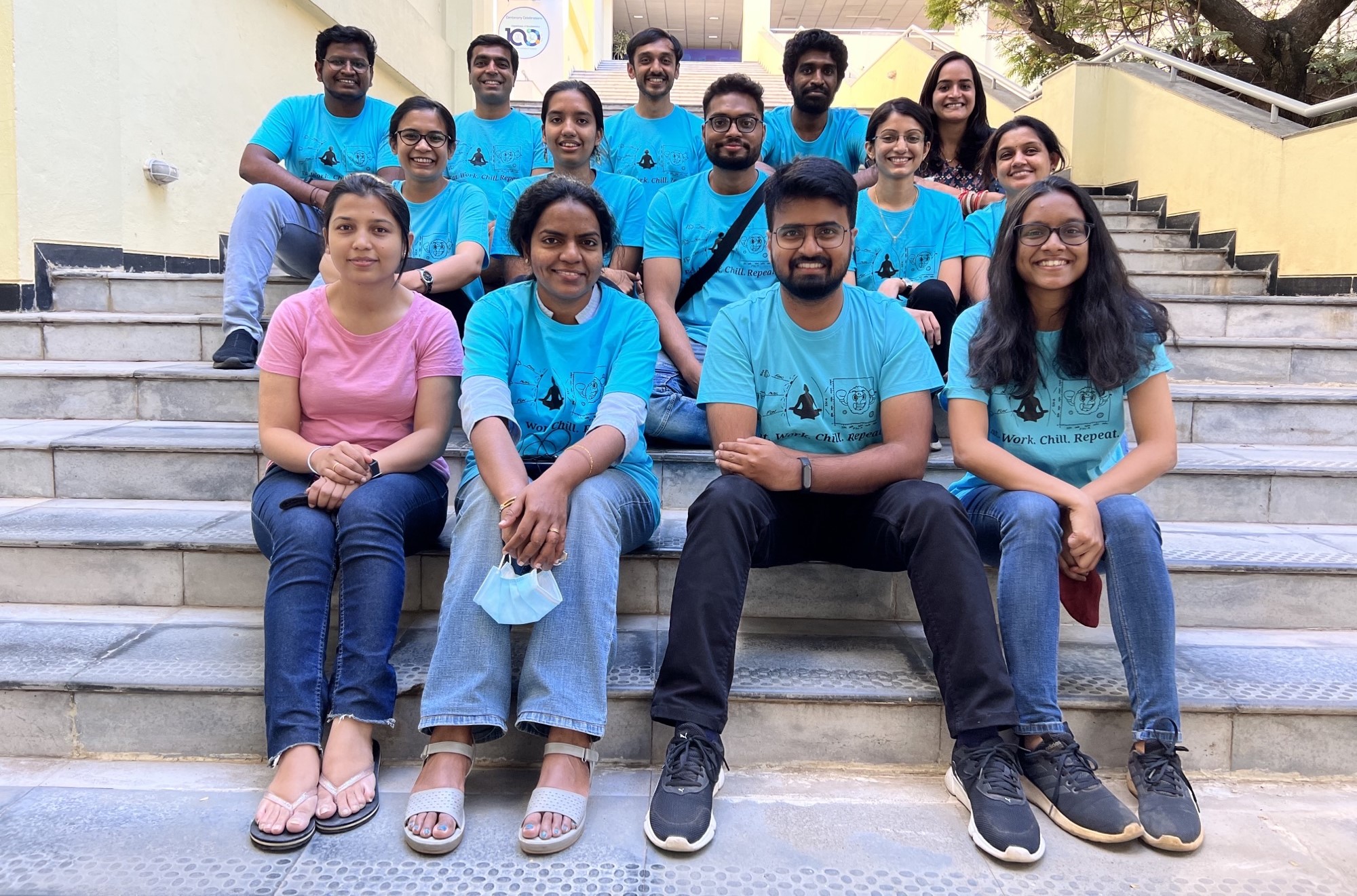Vesicle vehicles to pinpoint tumour cells
– Yashashree Prabhune

Image courtesy: Jhunjhunwala lab and Sinharay lab
All cells, just like humans, communicate. They secrete nano-sized vehicles called ‘extracellular vesicles’ (EVs) that deliver cargo to nearby cells. Researchers at IISc have now found a novel way to use these delivery systems to visualise tumours.
Scientists have earlier used nanoparticles to directly deliver imaging dyes or drugs to tumour sites, but the main challenges are high cost, poor retention of the dye or drug molecule, and side effects.
Since EVs are the body’s natural cargo transport, they are already primed for efficient delivery. The main challenge is that EVs can differ a lot depending on which cell they are taken from, and how they were taken. EVs are also secreted in large numbers by cancer cells but using them might carry risks. The IISc team, led by Siddharth Jhunjhunwala at the Department of Bioengineering, has found a solution to these challenges.
The researchers tagged EVs extracted from normal and cancer cells with a dye named indocyanine green (ICG). They found there was no difference in the dye uptake based on cell origin. Then, they analysed how much recipient tumour cells absorbed both types of ICG-tagged EVs, and found that they were absorbed at similar rates.
The team also compared what happens to the ICG signal in recipient cells when bound to EVs versus injected directly. The EV-coupled ICG gave a longer and stronger signal from inside the tumour. This addresses a key problem with current techniques in which the dyes don’t last long enough for robust tumour imaging. In addition, the researchers tested ICG-tagged EVs made from human immune cells called neutrophils. The EVs stayed for much longer inside the target tumour cells, allowing better detection.
The findings point to the possibility of using EVs derived from an individual for personalised tumour imaging.

Photo courtesy: Siddharth Jhunjhunwala lab
REFERENCE:
Ghoshal B, Patkulkar PA, Bhatt P, Rana S, Sinharay S, Jhunjhunwala S, Neutrophil-Derived Extracellular Vesicles for Facile Delivery of Diagnostic Agents to Tumor Microenvironments, ACS Applied Biomaterials (2025).
https://doi.org/10.1021/acsabm.5c00266
LAB WEBSITE:
https://jhunjhunwalalab.in/





